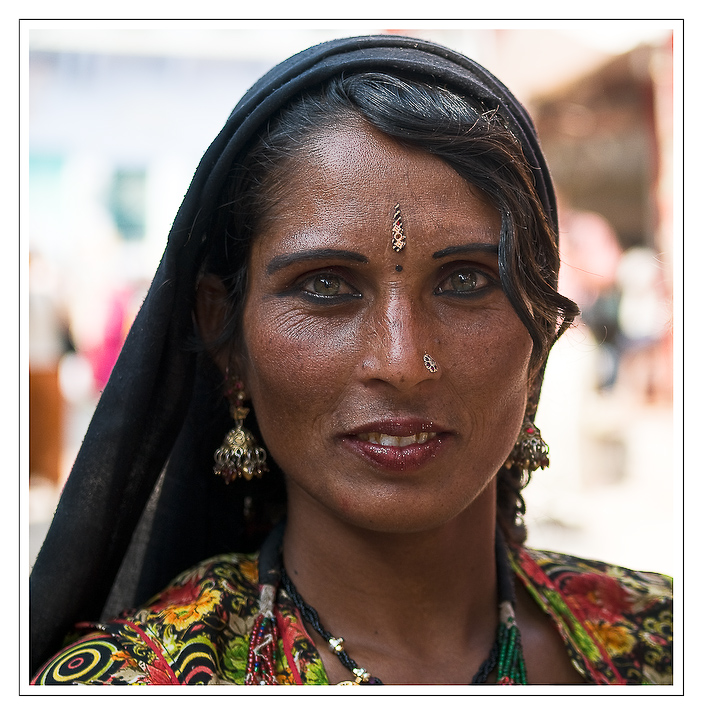The Enigmatic World Of Gypsies: Culture, History, And Modern-Day Influence
The term "Gypsy" often evokes a sense of mystery and intrigue, embodying a rich tapestry of culture and history. Gypsies, or the Romani people, have long been known for their nomadic lifestyle, vibrant traditions, and deep-rooted connection to music and art. In this article, we will explore the origins, culture, and modern-day influence of the Gypsy community, while shedding light on the misconceptions that surround them.
The Romani people originated from northern India around a millennium ago, gradually migrating through Europe and settling in various countries. Each community developed its own unique customs and dialects, leading to the diverse representation of Gypsy culture today. Despite facing discrimination and stereotypes throughout history, the Romani have managed to preserve their heritage and are increasingly gaining recognition for their contributions to society.
In this comprehensive guide, we will delve into the essence of Gypsy culture, examining its music, traditions, and the challenges faced by the Romani community. We will also highlight the importance of understanding and respecting their way of life, as well as the impact they have had on various art forms across the globe. Join us on this journey to uncover the truth about Gypsies and celebrate their unique heritage.
Table of Contents
- 1. History of the Gypsy People
- 2. Rich Cultural Traditions
- 3. The Role of Music in Gypsy Life
- 4. Common Misconceptions about Gypsies
- 5. Modern-Day Romani: Challenges and Triumphs
- 6. Influence of Gypsies on Art and Society
- 7. Respecting and Understanding Gypsy Culture
- 8. Conclusion: Embracing Diversity
1. History of the Gypsy People
The history of the Gypsy people is both fascinating and complex. Emerging from India around the 10th century, the Romani began their migration through Persia and into Europe by the 14th century. They traveled in groups, often referred to as "caravans," which led to their reputation as nomadic wanderers.
Over the centuries, the Romani faced significant persecution, particularly during the Holocaust, where thousands were killed. Despite this, they have shown incredible resilience and adaptability, creating a rich cultural identity that has survived through generations.
Key Historical Events
- Migration from India to Europe (10th-14th century)
- Persecution during the Holocaust (1940s)
- Recognition of Romani rights in Europe (21st century)
2. Rich Cultural Traditions
Gypsy culture is characterized by vibrant traditions that reflect their nomadic lifestyle. These traditions encompass various aspects of life, including food, clothing, and social customs.
Festivals and Celebrations
- Romani Day (April 8) - A day to celebrate Romani culture and raise awareness of their issues.
- Weddings - Often elaborate affairs that can last several days, featuring music, dance, and traditional attire.
Traditional Clothing
The clothing of the Romani people is often colorful and elaborate, showcasing intricate designs. Women typically wear long skirts and shawls, while men may don vests and hats. These garments not only reflect cultural identity but also serve as a form of self-expression.
3. The Role of Music in Gypsy Life
Music is an integral part of Gypsy culture, serving as a medium for storytelling and expression of emotions. The Romani have contributed significantly to various music genres, including Flamenco, Jazz, and even classical compositions.
Instruments and Styles
Traditional instruments like the violin, accordion, and guitar are commonly used in Gypsy music. The rhythmic and passionate style often captivates audiences, making it a beloved aspect of their culture.
4. Common Misconceptions about Gypsies
Despite their rich cultural heritage, the Romani people are often subject to stereotypes and misconceptions. Many people associate them with criminal behavior or view them as outcasts. It is essential to challenge these stereotypes and recognize the diversity within the Gypsy community.
Breaking Down Stereotypes
- Gypsies are not inherently criminal; many lead lawful and productive lives.
- The term "Gypsy" is often misused; the correct term is "Romani."
5. Modern-Day Romani: Challenges and Triumphs
In contemporary society, the Romani face various challenges, including discrimination, poverty, and lack of access to education. However, many Romani individuals and organizations are working toward social justice and cultural preservation.
Advocacy and Representation
Several Romani activists and organizations advocate for the rights of the Romani people, fighting against discrimination and raising awareness of their culture. Their efforts are crucial in fostering a more inclusive society.
6. Influence of Gypsies on Art and Society
The influence of Gypsies on art, music, and literature is undeniable. Many artists, writers, and musicians have drawn inspiration from Romani culture, enriching the global artistic landscape.
Notable Contributions
- The influence of Gypsy music on Flamenco and Jazz.
- Romani themes in literature, such as in the works of Charles Dickens and Victor Hugo.
7. Respecting and Understanding Gypsy Culture
Understanding and respecting Gypsy culture is vital for promoting social harmony. Engaging with the Romani community, learning about their traditions, and acknowledging their contributions can foster mutual respect and appreciation.
How to Support Romani Rights
- Educate yourself about Romani history and culture.
- Support Romani artists and businesses.
8. Conclusion: Embracing Diversity
In conclusion, the world of Gypsies is a vibrant and complex tapestry of history, culture, and resilience. By understanding their journey, celebrating their traditions, and challenging stereotypes, we can foster a more inclusive society that appreciates the richness of diversity.
We encourage you to share your thoughts in the comments below, engage with the Romani community, and explore more about their culture and contributions. Let's continue to embrace diversity and learn from one another.
Understanding The Gypsy Rose Crime Scene Photo: A Deep Dive Into A Controversial Case
Corde Broadus: The Life And Journey Of Snoop Dogg's Son
Exploring The Life Of Bill Paxton's Wife: A Journey Through Love And Legacy


